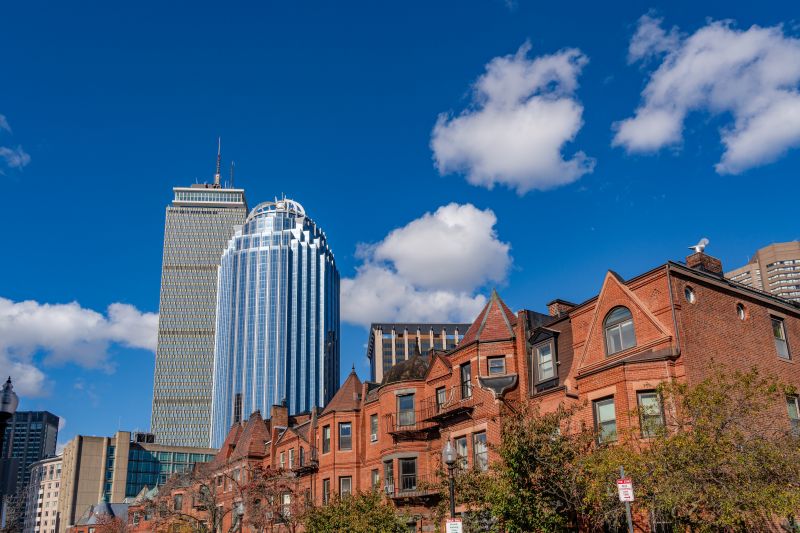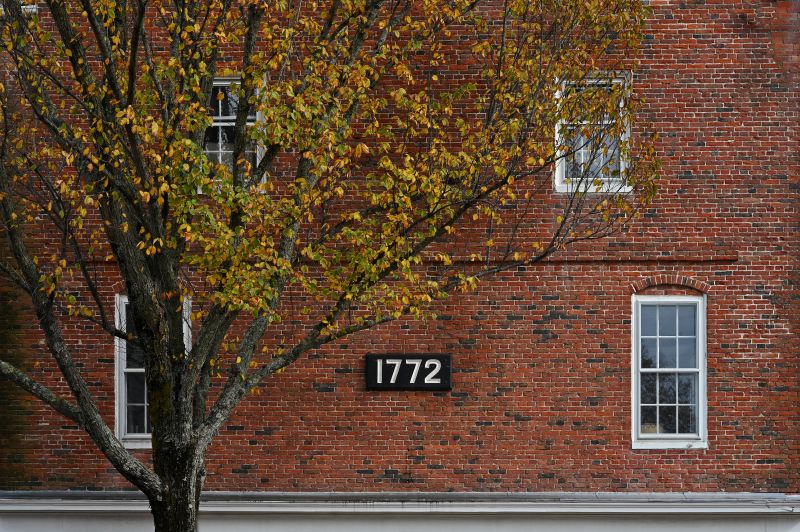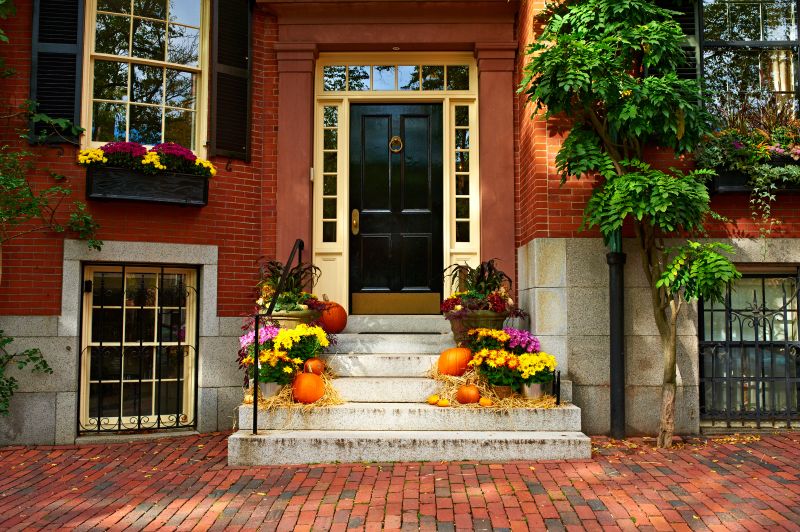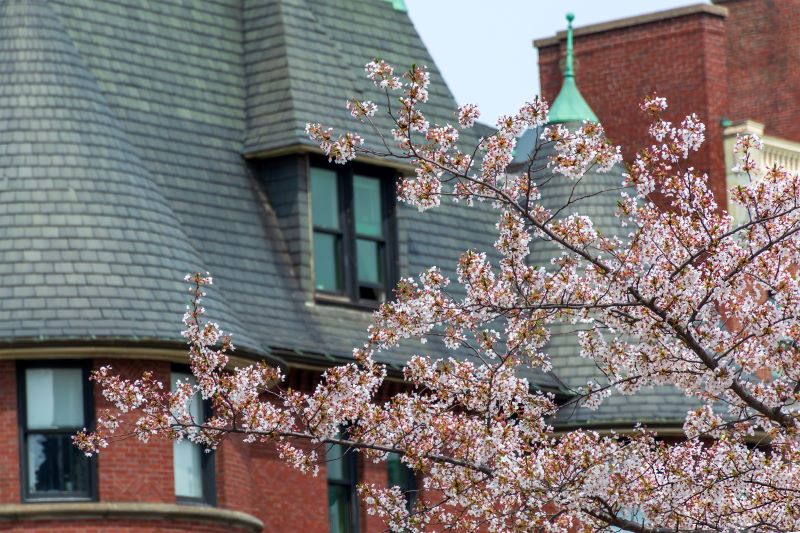
Back Bay is one of the few neighborhoods in Boston where available apartment inventory has actually shrunk in 2025. Where rental supply has loosened up in most of Boston this year, Back Bay has recorded double digit drops in both vacancies and apartment availability year-over-year. This may not come as a big surprise considering Back Bay is arguably one of the most sought after rental market in Boston. Still, even with the reduction in inventory, Back Bay’s average rent prices have remained flat over the past 12 months. Here are the trends driving Back Bay’s rental market in 2025.
Back Bay Apartment Inventory Figures
The current real-time availability rate (RTAR) for Back Bay apartments is 2.61%. That figure is down -32.9% compared to last May and up +45.81% compared to two years ago. Historically, Back Bay’s RTAR peaks in early April, so it’s likely that we’ll see inventory only go down from here until September. Still, this year’s peak in RTAR (3.05%) a few weeks ago is considerably higher than the record low peaks we saw in 2022 and 2023 (2.43% and 2.61% respectively). The days when RTAR would peak in the 4-6% range may be long gone as Back Bay is displaying much less seasonal apartment turnover in the years following the pandemic.
The current real-time vacancy rate (RTVR) in Back Bay is 0.34%. Vacancies are down -32.00% year-over-year and up +41.67% compared to May 2023. While it’s normal for Back Bay to carry a very low vacancy rate, the current level is exceptionally low and may be a sign that prices will be rising again soon. Back Bay’s RTVR did briefly crest above the 1% level at the beginning of September and January over the last 12 months, marking the first time vacancies have surpassed 1% twice in one year since 2021. Still, more recently vacancies have taken a sharp turn downwards indicating that demand for apartments is outpacing supply at the moment.
Another indicator of demand is median days on market. According to our Back Bay apartment data, the median days on market for a rental unit is currently 19 days. That figure is down 3 days from last year (22 median days on market) and considerably lower than the median days on market for Boston apartments (28 days).
Average Rent Prices in Back Bay
The current average rent price in Back Bay is $3,244 across all apartment sizes. That figure is down slightly (-0.37%) year-over-year and up +8.44% over a 2-year span. Back Bay remains the most expensive neighborhood to rent an apartment in Boston for all apartment sizes except studios where it ranks 5th.
Average rent prices have grown more for larger units in Back Bay than smaller units. Studios and 1 bedroom apartments in Back Bay are up +0.21% and +1.49% respectively, while prices for 2 bedroom and 3 bedroom apartments in Back Bay have grown by +5.25% and +5.51% respectively. More renters have gravitated towards smaller apartments in Back Bay over the last 12 months, which explains why the overall rent price is down by a slight margin as more small units have been factored into the average rent calculation.
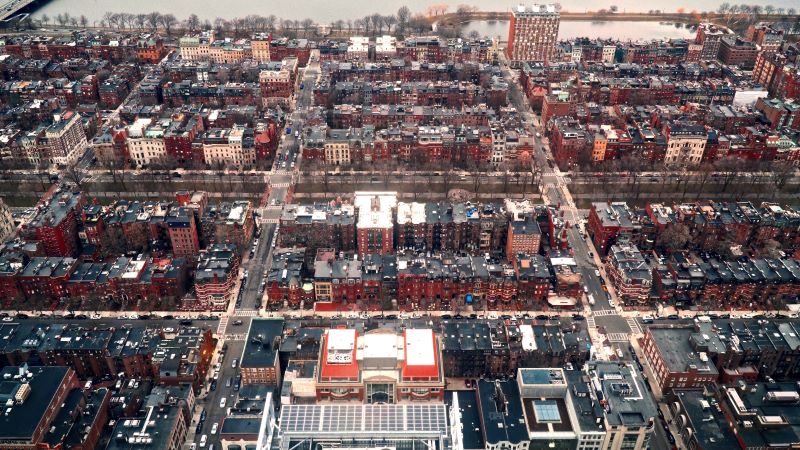
2025 Back Bay Apartment Rental Market Forecast
Based on current inventory levels, look for rent prices in Back Bay to rise by a margin of 1-4% in 2025. The 1-4% increase will also be heavily weighted by the number of bedrooms. The drop in rental supply this year is an indication that less turnover is occurring in Back Bay. Many landlords have indicated a high lease renewal rate with their current tenants. Back Bay will always be in high demand for renters, so as we’re seeing less inventory come out in the spring, prices could rise from June to August.
While it’s true that the entire metro area is in dire need of new housing supply, that fact is especially true in Back Bay. As more affluent people continue to move to Boston, neighborhoods like Back Bay will see even higher demand surges which could cause rents to skyrocket if new inventory isn’t added. The City should either modify or abandon its affordable housing quotas since they don’t work and get back to streamlining zoning and let builders build. We have spoken with countless developers that say with the high costs of borrowing as well as high labor and material costs– now is not the time to have a large number of affordable units in any development deal.
What is happening is that few developers are moving forward to build because their permits with high affordability requirements are not financially feasible in this current economic environment. That is why you don’t see a lot of cranes operating in Boston anymore. Our elected officials need to get serious about fostering paths to encourage developers to quickly add housing inventory. After four years of very low building of units– we should start looking at new paths to help bring down rental costs. Perhaps a two year temporary moratorium on affordable units could help make deals pencil and developers might jump back in the building ring. What do we have to lose at this point? We will continue to monitor these trends as they develop.

Demetrios Salpoglou
Published May 13, 2025
Demetrios has pulled together the largest apartment leasing team in the Greater Boston Area and is responsible for procuring more apartment rentals than anyone in New England – with over 130k people finding their housing through his services. Demetrios is an avid real estate developer, peak performance trainer, educator, guest lecturer and motivational speaker.


